Trading, whether in stocks, forex, or cryptocurrencies, is a complex and often unpredictable endeavor. Success requires a potent mix of market knowledge, analytical skills, disciplined risk management, and, crucially, timely decision-making. In this dynamic landscape, trading signals have emerged as a valuable tool, offering a potential edge to both novice and experienced traders. This article explores the multifaceted advantages of incorporating trading signals into your strategy, examining how they can enhance your trading performance and streamline your decision-making process.
Deciphering the Signal’s Allure – Enhanced Decision-Making and Time Efficiency
Trading signals are essentially recommendations or alerts generated by sophisticated algorithms, technical indicators, or seasoned analysts. They suggest specific trading actions, such as buying or selling an asset at a particular price and time. These signals are derived from a variety of data sources, including price charts, market news, economic indicators, and even sentiment analysis. The appeal of trading signals lies in their potential to provide traders with several key advantages.
1. Streamlined Decision-Making:
One of the most significant benefits of trading signals is their ability to simplify the decision-making process. Instead of spending hours poring over charts and analyzing market data, traders can rely on signals to identify potential trading opportunities. This is particularly advantageous for novice traders who may lack the experience or confidence to interpret market data effectively. Signals provide a starting point, a direction, allowing traders to focus on risk management and trade execution rather than getting bogged down in complex analysis
2. Time Efficiency:
Time is a precious commodity, especially for those who juggle trading with other commitments. Analyzing markets and identifying profitable trades can be incredibly time-consuming. Trading signals can significantly reduce the time required for market research and analysis. By providing ready-made trading ideas, signals free up traders to focus on other aspects of their lives, making trading more accessible and manageable
3. Reduced Emotional Bias:
Emotions, such as fear and greed, can often cloud judgment and lead to impulsive trading decisions. Trading signals, particularly those generated by automated systems, can help to mitigate the influence of emotions. By relying on objective data and pre-defined criteria, signals can promote a more rational and disciplined approach to trading
4. Access to Expert Knowledge:
Many trading signals are generated by experienced analysts or professional traders who possess a deep understanding of market dynamics. By subscribing to these signals, traders can effectively tap into the expertise of these professionals, gaining access to insights and strategies they might not otherwise have. This can be particularly beneficial for traders who are still learning the ropes and seeking guidance from more experienced players
5. Learning Opportunities:
Observing and analyzing the signals generated by experienced traders can be a valuable learning experience. By understanding the rationale behind the signals, traders can gain insights into different trading strategies and improve their own analytical skills. This can accelerate the learning curve and help traders develop their own profitable trading systems.
6. Diversification of Strategies:
Trading signals can cover a wide range of assets and trading strategies. This allows traders to diversify their portfolios and explore new markets without having to become experts in each one. For example, a trader might specialize in stock trading but use signals to explore opportunities in the forex or cryptocurrency markets.
Navigating the Signal Landscape – Risks, Due Diligence, and the Path to Success
While trading signals offer numerous advantages, it’s crucial to acknowledge that they are not a guaranteed path to riches. Like any trading tool, they come with their own set of risks and require careful consideration
1. No Guarantee of Profit:
Trading signals are merely suggestions, not guarantees. Market conditions can change rapidly, and even the best signals can sometimes lead to losses. It’s essential to remember that past performance is not indicative of future results.
2. Risk of Scams and Fraudulent Signals:
The trading signal industry is not immune to scams and fraudulent providers. It’s crucial to conduct thorough research and due diligence before subscribing to any signal service. Look for providers with a proven track record, transparent methodology, and verifiable results.
3. Over-Reliance and Lack of Independent Analysis:
Relying too heavily on trading signals without developing your own analytical skills can be detrimental in the long run. It’s important to use signals as a supplement to your own analysis, not as a replacement for it. Strive to understand the reasoning behind the signals and develop your own critical thinking skills
4. Cost of Subscription:
Many trading signal providers charge subscription fees, which can eat into your profits. It’s important to weigh the cost of the subscription against the potential benefits and ensure that the signals are worth the investment
5. Importance of Risk Management:
Even when using trading signals, risk management remains paramount. Never risk more than you can afford to lose, and always use stop-loss orders to limit potential losses. Diversify your portfolio and avoid putting all your eggs in one basket
6. Finding the Right Signals:
The sheer number of trading signal providers can be overwhelming. It’s crucial to find signals that align with your trading style, risk tolerance, and investment goals. Consider factors such as the provider’s track record, the types of assets covered, the frequency of signals, and the cost of the subscription.
Conclusion:
A Powerful Tool in the Trader’s Arsenal
Trading signals can be a valuable asset for traders of all levels, offering enhanced decision-making, time efficiency, and access to expert knowledge. However, it’s crucial to approach trading signals with a healthy dose of skepticism and conduct thorough due diligence before subscribing to any service. By using signals responsibly and in conjunction with your own analysis and risk management strategies, you can leverage their potential to improve your trading performance and increase your chances of success in the dynamic world of trading. Remember, trading signals are a tool, and like any tool, their effectiveness depends on how they are used. The key lies in combining the insights they offer with your own knowledge, discipline, and a well-defined trading plan.




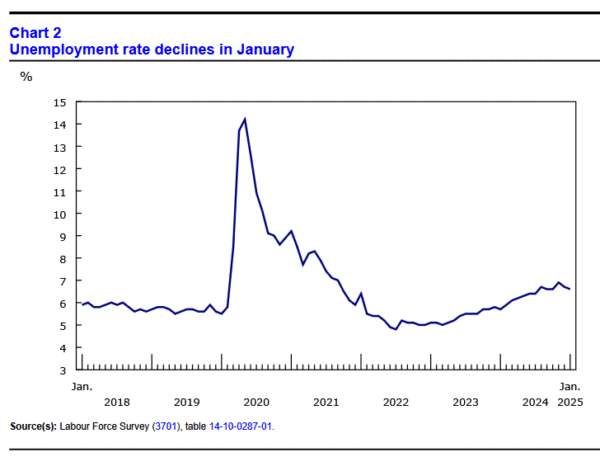
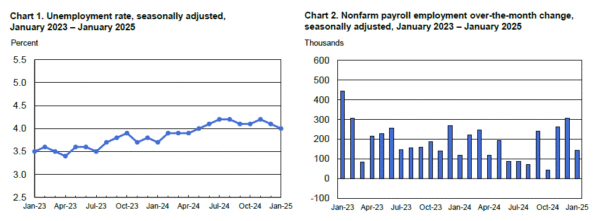
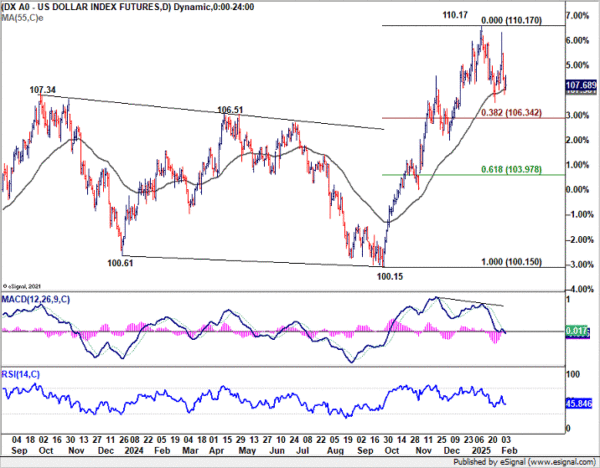
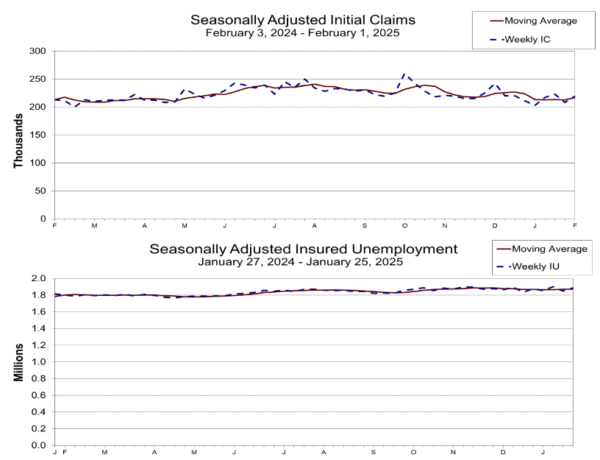
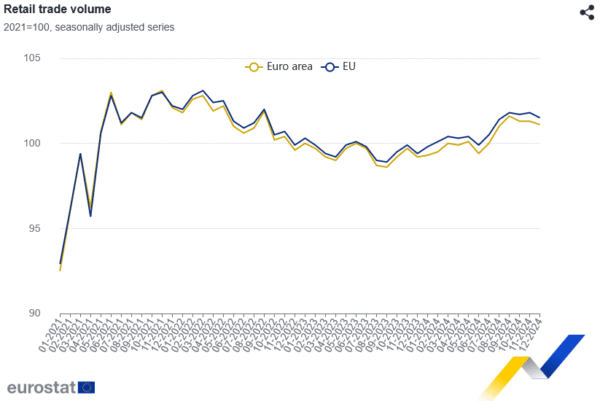


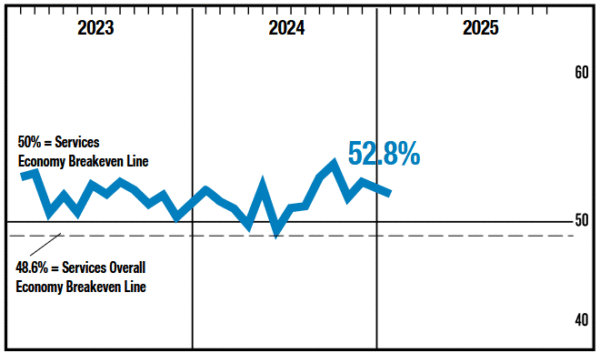
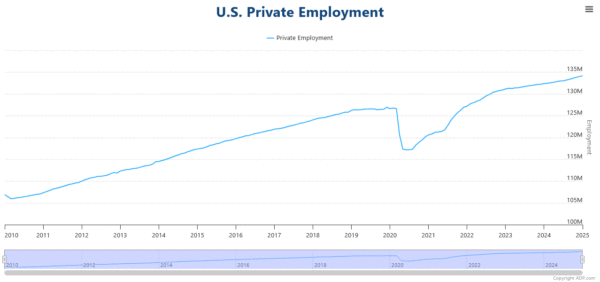
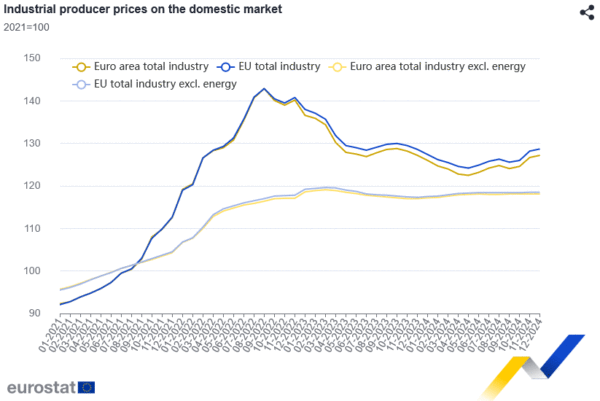

China’s CPI picks up to 0.5%, but factory prices remain stuck in deflation
China’s consumer inflation accelerated at the start of 2025, with CPI rising from 0.1% yoy to 0.5% yoy in January, slightly exceeding market expectations of 0.4%. This marked the fastest annual increase in five months. On a monthly basis, CPI surged 0.7% mom, the strongest rise in over three years.
Core inflation, which strips out food and fuel prices, edged up from 0.4% yoy to 0.6% yoy, reflecting a modest pickup in underlying demand. Food prices climbed by 0.4% yoy, while non-food categories also posted a 0.5% yoy increase.
However, despite these gains, consumer inflation remains well below the government’s target, with full-year 2024 CPI growth coming in at just 0.2%, the lowest since 2009, and reinforcing the persistent weakness in domestic consumption.
Meanwhile, producer prices remained firmly in deflationary territory. PPI held steady at -2.3% yoy in January, missing expectations of a slight improvement to -2.2% yoy. This marks the 28th consecutive month of factory-gate deflation, highlighting ongoing struggles within the manufacturing sector and pricing pressures stemming from weak external demand and excess capacity.